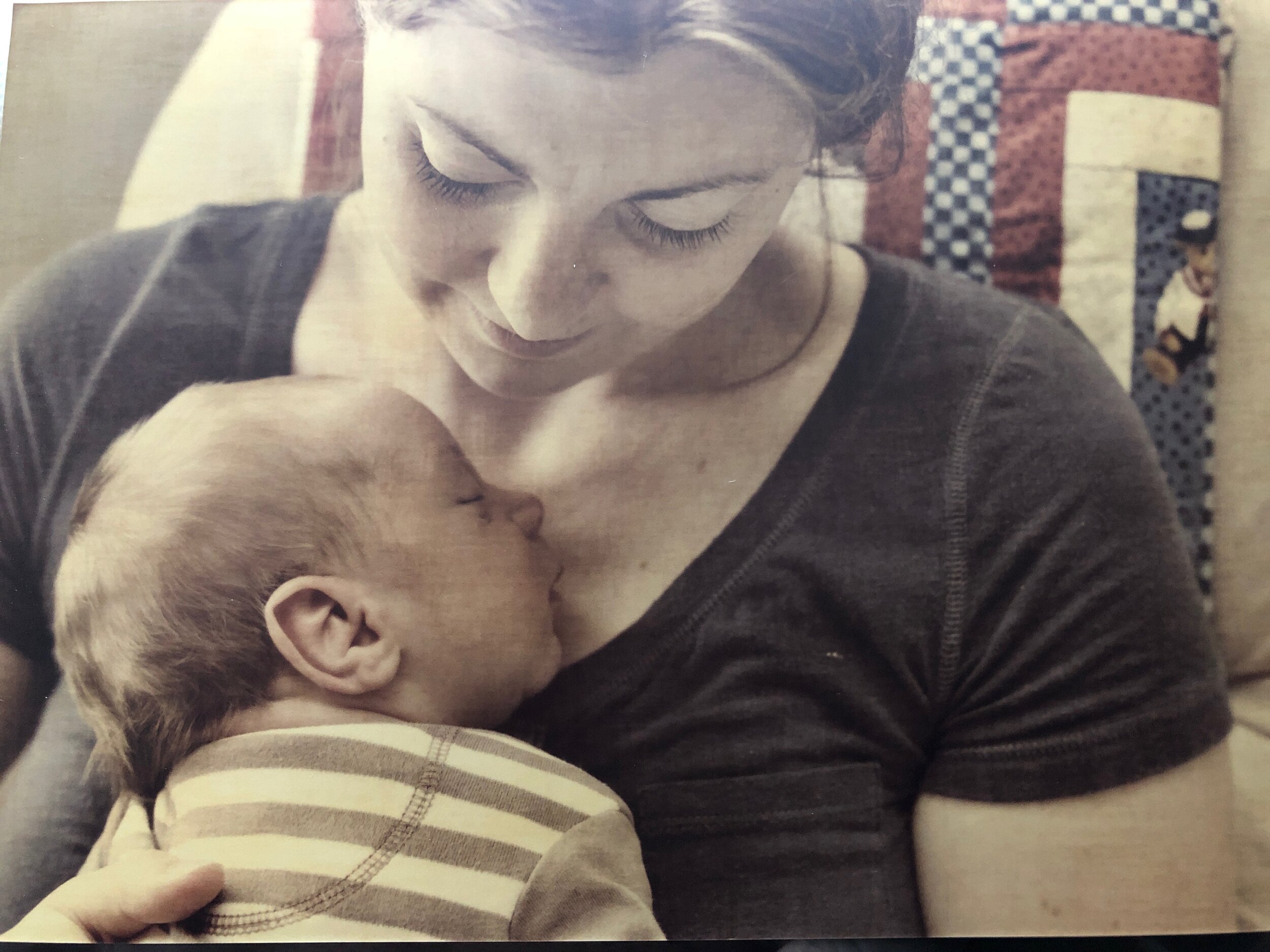When I finally became pregnant, I didn’t think that I would become what I call a “breastfeeding warrior”. I simply thought I would feed the babies and do whatever was in their best interest.
My journey started when I was 24; I was with my ex husband, who had paraplegia. Our fertility journey began with in vitro fertilization due to his disability. If I had a crystal ball, I would have realized that my own fertility journey was beginning due to the course of events that were about to unfold. It was easier to let him shoulder the reason for our infertility at that time.
With two fresh embryo transfers, and one frozen, we were still without a pregnancy. Being 26 at the time, we decided to move on. I remember the fertility doctors commenting that I had “sluggish ovaries” since I was producing a minimal amount of eggs even on the highest dose of FSH. At 28, the marriage ended and while I recovered, I looked forward to becoming a mother “naturally”.
With a new partner, we began trying to conceive when I was 30. Due to my scars from my first journey with infertility, part of choosing my new partner was his family’s fertility history. One of six children, with each sister being a mother. I was excited to finally become a mother.
So began my second infertility journey. Eventually, the twins were conceived via Clomid and IUI. I carried the twins to 37 weeks and 4 days. I was 33 and had been on an almost decade long journey with infertility. Along with this came crippling anxiety, irrational fears, and constant worry about the babies.
Being pregnant with twins, I rationally knew that I might need help with feeding them. I was very open to receiving help and supplement what I could not produce. I was eager to get the babies out since I began to worry about squished cords, etc. The moment they were born, the real anxiety set in and I realized they were much safer inside me. Hence, I was very particular who could hold them, nevermind feeding them!
After my cesarean section, in the recovery room, a baby was put on each breast and my breastfeeding journey began. I was surprised at how much it hurt. I wasn’t anticipating pain. After a couple days in the hospital, my nipples were both scabbed over, I remember cringing when they latched; my sister encouraged me that it would pass. In the hospital, my son was losing weight, tremorous, and fussy. My daughter had jaundice and needed treatment. A nurse came in one night and helped me with the hospital pump, weighed the babies, and based on my son’s weight loss, suggested that we supplement. I remember, at that moment, my babies were 2 days old and I already felt like a failure. It hit me that not only did I not want them to have formula, I had a hard time with anyone giving it to them.
After my daughter received treatment for jaundice, we were on our way home. The first 3 months is a blur. All I remember is being awake, babies on my breasts, cluster feeding, and quickly losing my mind. I was determined to exclusively nurse the twins. No one slept. No one was sane. We did use formula at times. Especially for my son who seemed to be starving. My husband was determined to make them sleep. I recall one night he fed my son so much formula in hopes of him sleeping, that my son vomited everywhere and we were back to square one. My anger in this moment was immeasurable. I couldn’t seem to nurse them or supplement them without feeling some sort of failure.
I sought help from a lactation consultant. I finally felt relief weighing the twins before and after nursing, knowing that I was producing, but they needed a little more. I kept a bracelet on my wrist to remind myself which baby was on which breast last. The problem was that my daughter was more efficient, and my son was smaller. I was bouncing them from breast to breast hoping they were getting enough. I was also pumping like a crazy person. Working on building a stash, just in case. But I didn’t want to use the stash to feed them. It was official: I had lost my mind. I saw my consultant on a fairly regular basis. I was taking motilium to increase my supply which also increased my appetite. I was doing everything I could in order to continue to nurse the babies.
At 4 months, I was at a consultation and she suggested a new plan: assign one breast to a baby for 24 hours, then switch. Within a week, the babies were gaining, and I was starting to feel an ounce of success. At this point, it was like a cloud lifted and breastfeeding became easy.
At 6 months, after an average of 4 hours of sleep (for me) in 24 hours...in increments, it was time to bring in a sleep consultant. When the twins were 7 months, my daughter was finally sleeping through the night and my son was feeding once. This was the first time that I ever felt engorged. I woke up in the middle of the night and I could feel the “flower petals” of milk in my breasts and I was shocked at the feeling. Everyone talked about the let down and I never felt it. Until 7 months postpartum. I was still pumping, but this time once a day. The collection of milk in the freezer went to two friends. One who was unable to nurse and the other was unable to pump and was back to work.
The encouragement I received from people was “stop nursing” or “use formula”. Only one person was supportive. My sister, a labor and delivery nurse. I was shocked at the overall lack of support. No one knew how to help me. I’m glad I pushed on, but I learned some valuable lessons.















